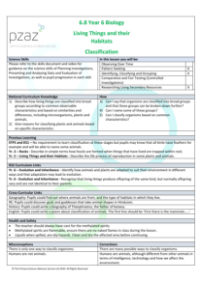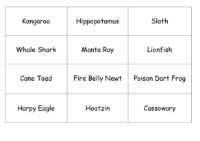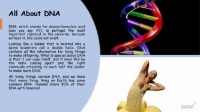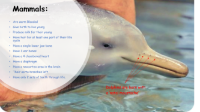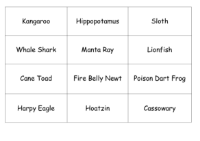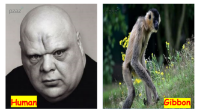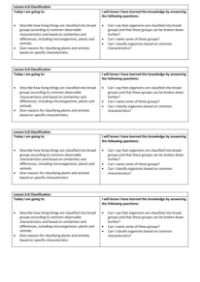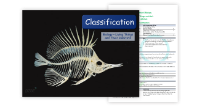Classification - Presentation
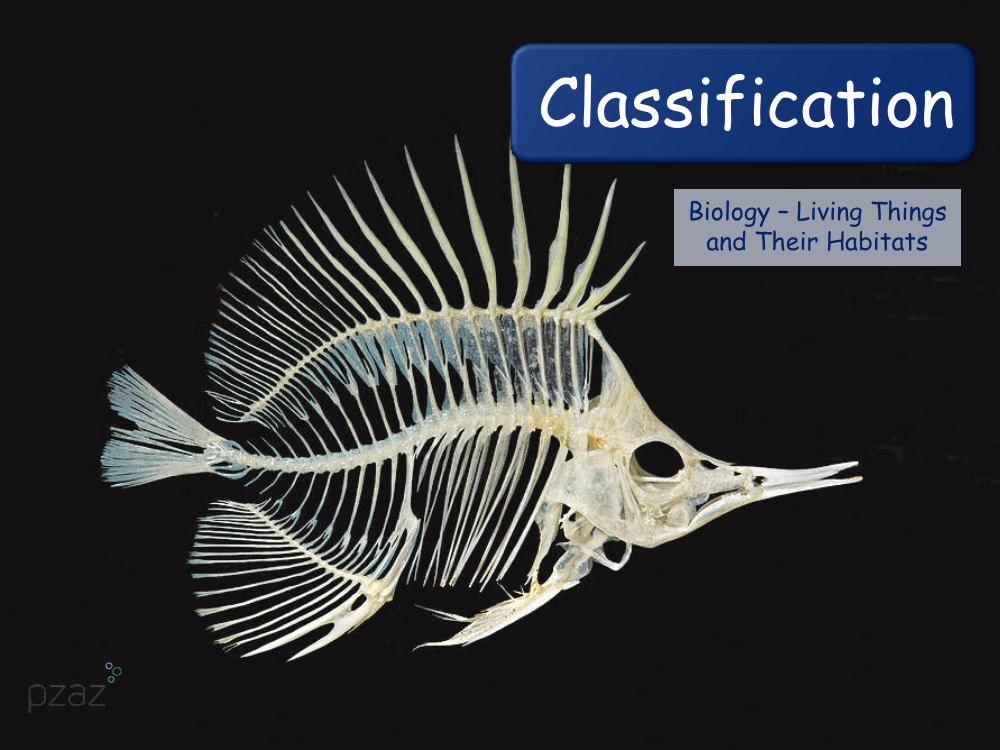
Science Resource Description
The presentation on classification delves into the fascinating world of biology, specifically the categorisation of living things within their habitats. Students are prompted to engage with the concept that organisms are sorted into broad groups which can then be subdivided into more specific categories based on shared characteristics. Through a series of questions, the presentation aims to ensure that students can not only identify these groups but also understand the importance of classifying organisms correctly. An anecdote about a visit to the Natural History Museum illustrates the practical application of classification, highlighting the differences between mammals, reptiles, birds, fish, and amphibians, and emphasising the significance of characteristics in grouping animals. The presentation further explores the exceptions to classification rules, such as egg-laying mammals, and the necessity for scientists to consider multiple characteristics when classifying animals.
In addition to the theoretical aspects, the presentation includes interactive elements, encouraging students to classify organisms and shoes based on observable characteristics. It introduces the concept of DNA as a biological record that can be used to determine familial relationships between organisms, comparing it to a recipe book for life. Students are then challenged to apply their knowledge to classify mammals, taking into account various criteria and discussing the benefits of using multiple characteristics for classification. The complexity of classifying living things is highlighted with examples of unusual mammals like the pangolin and the echidna. Finally, the presentation culminates in a task where students must determine whether humans are primates, considering similarities and differences between humans, monkeys, and apes, and recognising that humans belong to the ape group, which includes chimpanzees, gorillas, and orangutans.
